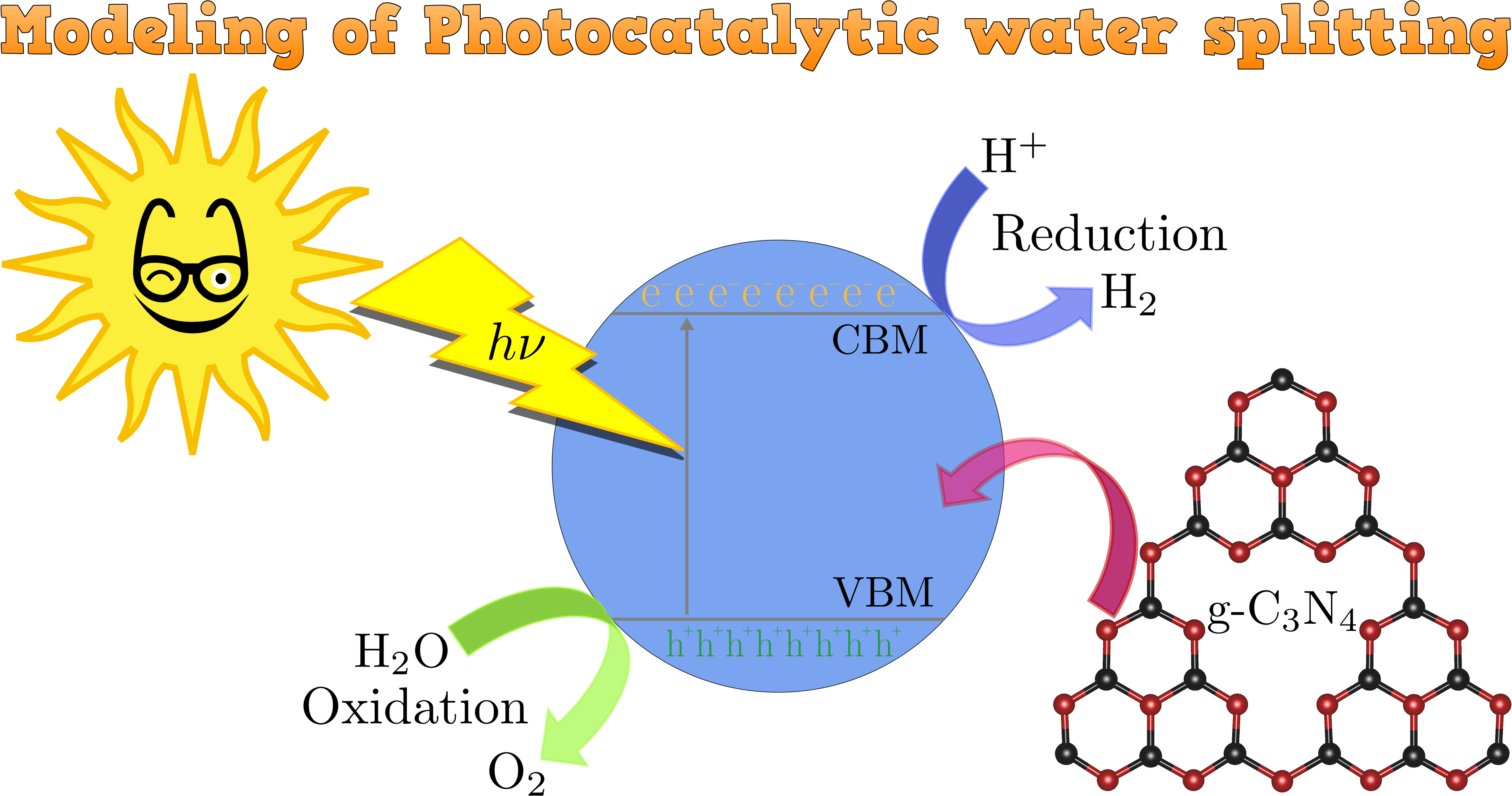The development of sustainable energy is a fascinating and growing interdisciplinary field of research to tackle challenges in the 21 century. The discovery of novel materials with appropriate properties is an indispensable step towards the realization of affordable and high-efficiency renewable energy resources. A prominent example is the pace for the discovery of photocatalysts to decompose water into hydrogen and oxygen molecules by absorbing visible lights. The critical challenge is to design a material that possesses all necessary criteria required by processes in photocatalyctic water splitting, such as medium-bandgap, suitable band edge positions according to water redox processes, sufficiently high electron conductivity, minimal electron-hole recombination, cheap and easy to synthesize, and so on. Computational material science employs underlying rules in physics and chemistry to model high-performance materials at the atomistic level.
Group activities
The main goal of the group is to develop and employ state-of-the-art modeling techniques from physics, chemistry and computer science to discover novel materials with properties suitable for applications in sustainable energy. We develop machine learning techniques which reproduce reliable potential energy surfaces while remarkably accelerate atomistic simulations. In this way longer time and larger length scales are accessible in our simulations. Currently, the main focus of the group is to study carbon nitrides with various compositions aiming at thermodynamically stable morphologies with specific physical and chemical properties. Due to the complications originating from atomic interactions in carbon nitride materials, it is formidable, even with the recent tremendous progresses in high-performance computing, to thoroughly explore theirs potential energy landscapes using ab initio methods. In this regard, we use global optimization algorithms linked with machine learning and density functional tight-binding methods to sample potential energy surfaces of carbon nitrides at varied conditions.

